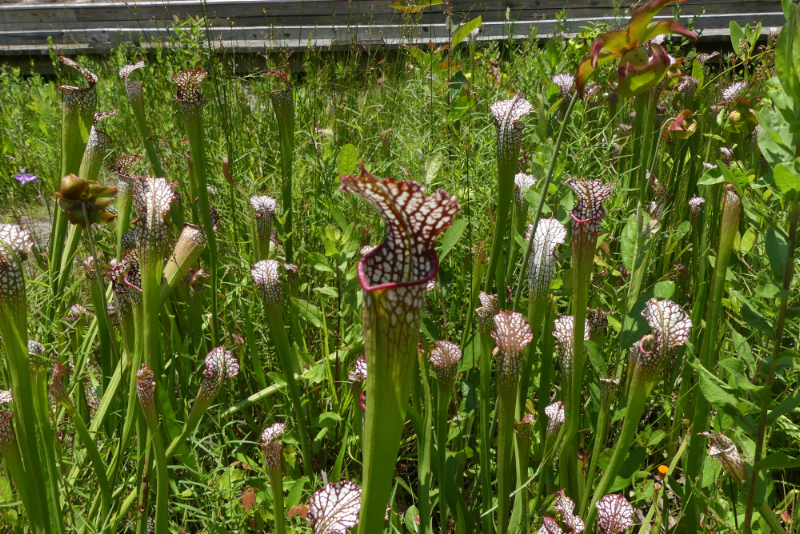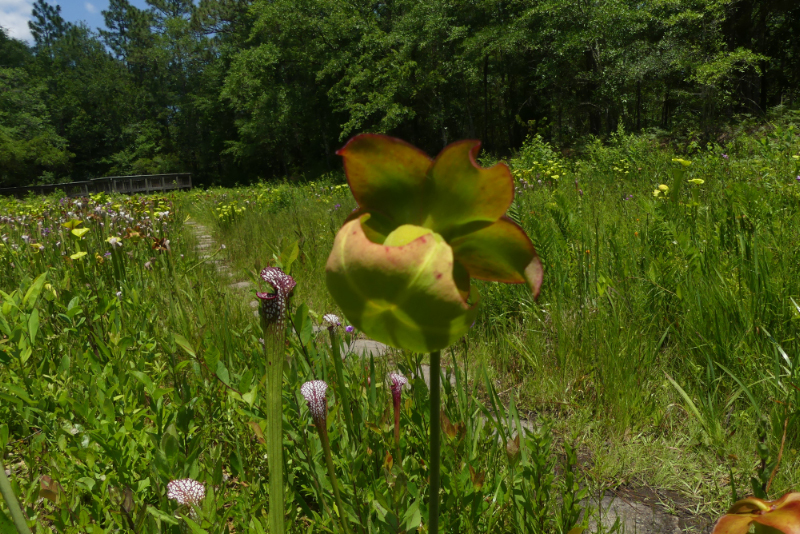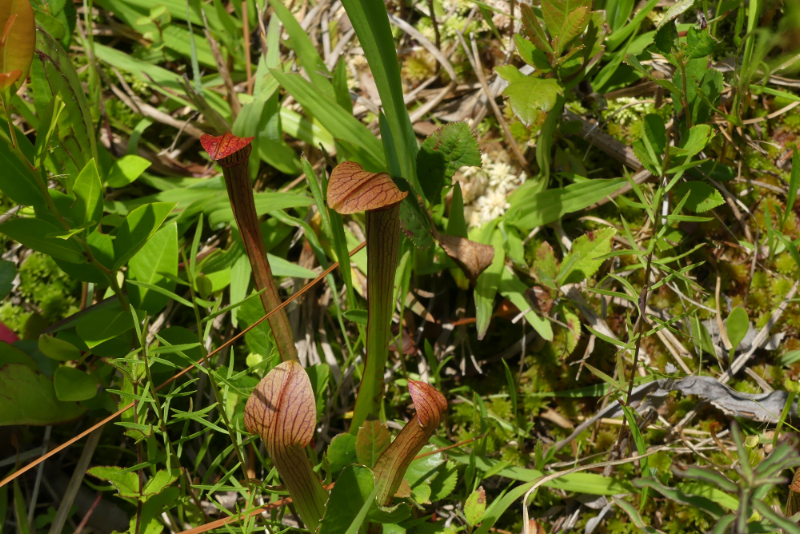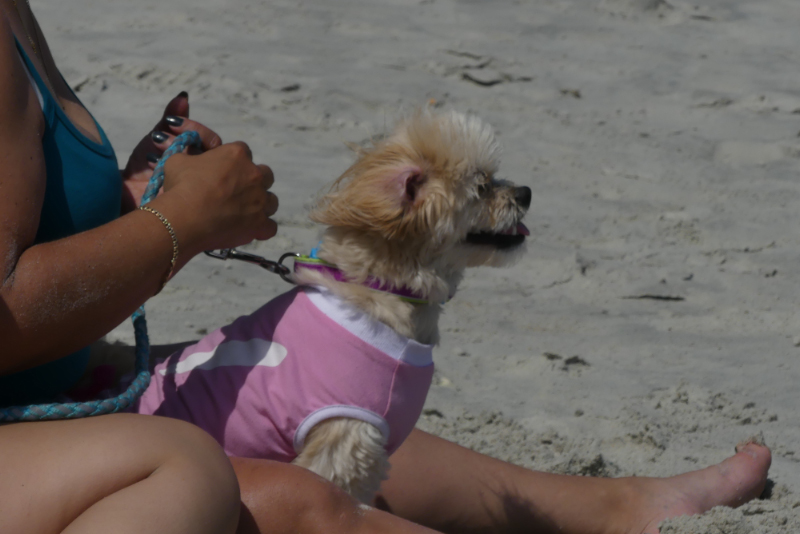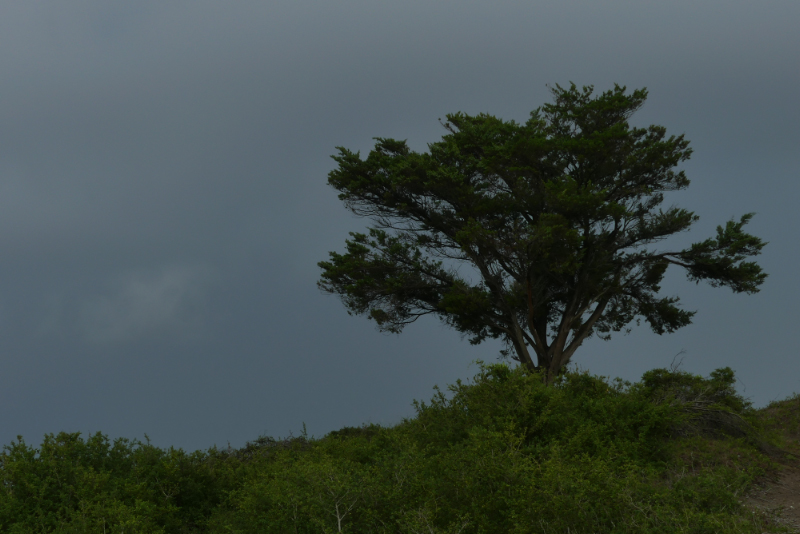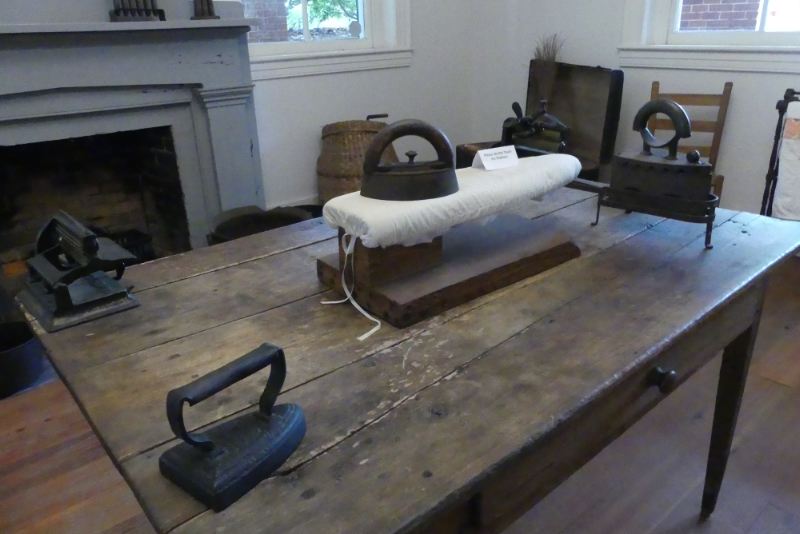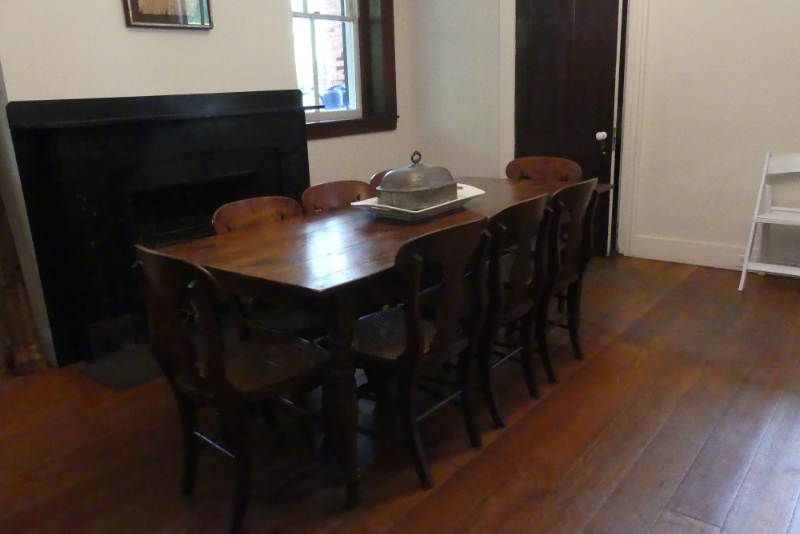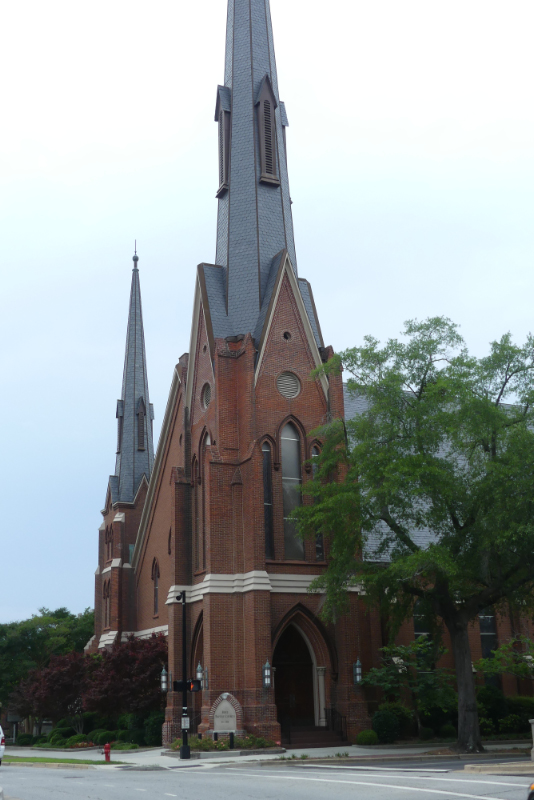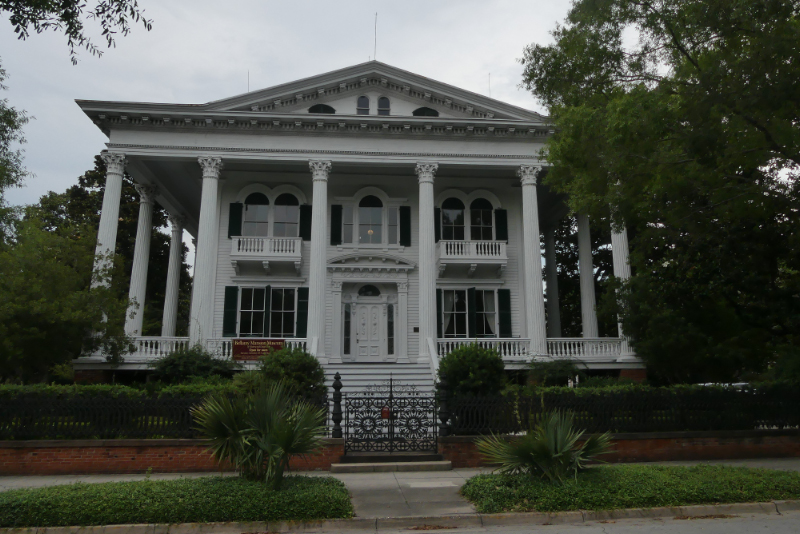Tuesday 13 to Friday 16 June
We returned to North Carolina, to Wilmington a holiday resort destination without a beach. The beaches are another 12 miles east.
After an afternoon tour of the little town along the edge of Cape Fear River, our first stop in the morning was the carnivorous garden – apparently put in place by one man George Stanley Rehder Sr, locally known as the Fly Trap Man. He collected species from all over. The native is the Venus fly trap which grows in a 75 to 100 mile radius of here. Like all carnivorous plants it grows in a peat bog. Flowers are on long stems way above the leaves which is the fly trap. This ensures the flowers are pollinated without risking the lives of the pollinators.
It was an amazing ‘field’ perhaps 200m x 20m and full of these interesting plants. It was hot and humid, perfect for the plants but quite exhausting for us.
We continued further east towards the coast at Wrightsville. There is a lot of swampland in this area and some rather gracious houses had been built along the waterway with private jetties across the road.
We found a very decent coffee shop that also specialised in sharks teeth fossils. They had a display of ancient fossils from a shark that was 58 feet long. Quite sizeable.
The beach was wide and sandy and quite a few people are already ‘summering’. The pier was privately owned and they charged a hefty $2.00 to go out on it.
Our AirBnB was just a short distance out of town, an easy walk, and safe enough to walk back home.
Wilmington is another craft-beer oriented town so Bruce enjoyed the opportunity to taste even more IPAs, although he wasn’t so keen on the grits, a coarsely ground corn cooked a bit like porridge.
We decided to drive south to Carolina Beach. The day was grey and humid and when we reached the beach the heavens opened. We have never seen heavier rain. It was frightening as the wipers couldn’t even clear the windscreen. We drove further south to Fort Fisher near the mouth of the Cape Fear River. The rain abated long enough for us to get out of the car and see the view, but it wasn’t long before the deluge continued. When we returned to Wilmington our host told us there had been no rain there.
Clearly the dryer summer weather hasn’t arrived yet.
We visited Bellamy Mansion which was the city home of John Dillard Bellamy and his family. He had inherited farms and slaves when his father died, but had made a fortune manufacturing turpentine which is distilled pine resin. The resin is drained from the tree in the same way that rubber and maple syrup are collected. V-cuts are made in the tree and the resin drains from the wound. He boasted to his son that the cost of building the house was equivalent to one year’s profit.
Of course farmers in the south relied heavily on their slaves for labour and housekeeping. Our guide could not guarantee that this family treated slaves kindly.
The house had four large reception rooms on the ground floor where lavish entertainment was carried out. Adult rooms were on the second floor and children’s rooms on the third floor. It appears that the children loved to put on performances, so a small stage was built into the top floor.
A belvedere in the roof line allowed hot air to escape, providing relief from the intense summers.
We visited the basement where the sewing room and kitchen were. The staff dining room and also guest dining room were located here, as it was cool.
The slave quarters are particularly interesting, built of brick with windows looking into the court yard and a solid brick a wall on the property boundary. Slaves were not permitted to mix with the slaves of other families for fear of dissension.
The house was wooden, a more expensive material. The large columns around the verandah were intended to show off the family’s wealth.
After an easy three days, and our bags full of clean clothes, we prepared for a long drive to Washington DC. One of the few drives where we struggled to find coffee.
e_header.jpg)











